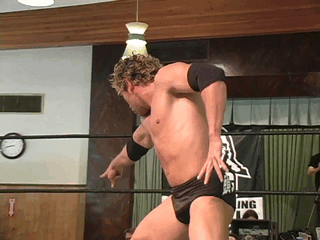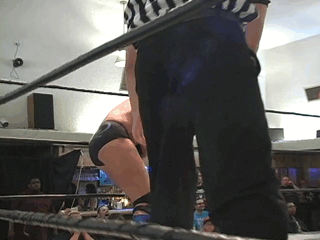Don't wanna be here? Send us removal request.
Photo
Carrie Mae Weems, Portrait of a Woman Who Has Fallen from Grace and into the Hands of Evil (1988)

6K notes
·
View notes
Photo

Helen Frankenthaler Blue on One Side, 1962 oil on paper 48.3 x 62.9 cm, 19 x 24.8 in H7078 Helen Frankenthaler Foundation. Courtesy Gagosian Gallery.
222 notes
·
View notes
Photo







Highlights from the Vancouver Art Gallery’s “BOMBHEAD” exhibition, curated by John O’Brian.
#robert rauschenberg#nancy spero#jenny holzer#basie#harold edgerton#bob light#john houston#art#art history#vag#atomic#atom bomb#world war ii#nuclear arms race#politics#political art#photography#painting#pulp fiction#review
2 notes
·
View notes
Photo
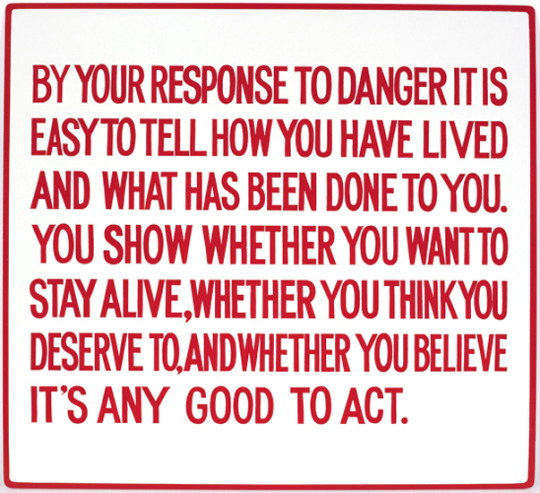
Jenny Holzer “BY YOUR RESPONSE TO DANGER” Red paint on white enamel
97K notes
·
View notes
Photo
One of my favourite musicians, Nico, appearing in Andy Warhol and Paul Morrissey’s 1966 film Chelsea Girls.
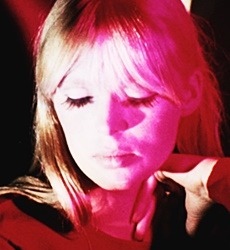
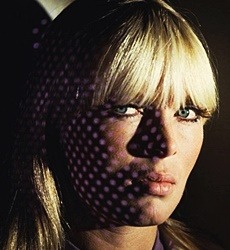
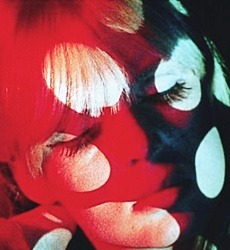
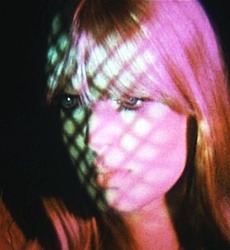
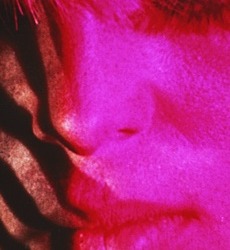
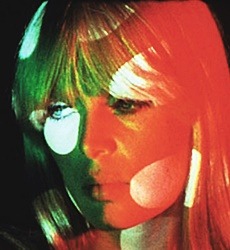
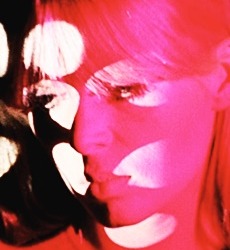
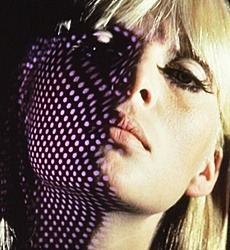
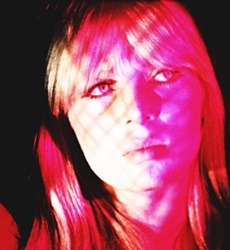
Nico
2K notes
·
View notes
Text
In Plain Sight: The Quiet Subversion of Queer Artists in the United Kingdom
When Francis Bacon’s Two Figures was publicly displayed for the first time at London’s Hanover Gallery in 1953, gallery owner and exhibit curator Erica Brausen elected to have it hung in the discreet upper portion of the gallery, largely outside of public view. In fact, visitors to the gallery would have to know precisely where it was and seek it out intentionally in order to see it. The painting - a haunting, solemn, and even garish depiction of a sexual encounter between two men - was at the time well outside the parameters of “acceptable” content for artwork at the time. In 1953, the partial decriminalization of “homosexual acts” in the United Kingdom was still fourteen years down the road.

Francis Bacon, Two Figures, 1953
Two Figures, both in its content and its history, is allegorical of the experience of queer artists living in post-war England. The two men appear tangled together in a dark, virtually featureless room, veiled by a curtain separating them from the world around them and giving them the illusion of privacy. As Gregory Salter writes: “The bodies of the two men occupy a threshold too: they are seen and exposed – a private moment made public – but they are caught up in this moment of sexual intimacy, seemingly unknowing or uncaring of the audience that watches.” (Salter, 2017. p. 84) This sense of hiding in plain sight is amplified when considered concurrently with the wave of arrests of gay men in the years following the Second World War.
Within the climate of World War Two - the intense isolation, the traumatic experiences of violence - homosexual relationships among soldiers became increasingly common, whether for sexual encounters or for the comfort of companionship so absent from the trenches. Closeted men and women were somewhat more free to express themselves sexually amid the chaos. Many of them returned to England with a far more fluid sense of sexual identity, but were met with the same intensely restrictive laws that had been in place since 1885.

Montague Glover, Two Soldiers Huddle Close Together, c. 1942-43. Glover was an architect and freelance photographer who served as a Second Lieutenant for the British Army. He documented many homosexual relationships among the troops he fought with, and regularly corresponded with his lover Ralph Hall. After the war, he went on to document the lives and relationships of queer people in London for many years prior to decriminalization. (Houlbrook, 2003)
Just as art has often been used as a tool both of self-expression and subversion, it comes as no surprise that the overlap between queer communities and artist communities is vast. In 2017 - the 50 year anniversary of decriminalization of homosexuality in the UK - the Tate Britain launched a massive, multi-gallery retrospective of queer art produced between 1861 and 1967. (Barlow, 2017) The works displayed ranged from the blatantly queer (like Simeon Solomon’s historical painting of lesbian Greek poet Sappho with one of her many female lovers, painted immediately prior to criminalization) to the more subtle and ambiguous depiction of teenage boyhood and sexual awakening in Henry Scott Tuke’s The Critics, to the exploration outside the gender binary found in John Singer Sargent’s portrait of childhood friend Vernon Lee.

Simeon Solomon, Sappho and Errina in a Garden at Mytilene, 1864.

Henry Scott Tuke, The Critics, 1927.

John Singer Sargent, Vernon Lee, 1881.
In 2013, Francis Bacon’s Triptych (1969) sold for a record-breaking $142.4 million, making it the most expensive piece of art sold at auction in the world at the time, (Vogel, 2013) and perhaps symbolically ushering in a new era of queer acceptance on a global level. Though the many years since the UK’s decriminalization have seen a steady decline in anti-queer violence and discrimination, Bacon’s posthumous world record is an outlier. The erasure of queer people across all art and media remains pervasive even to this day. Encouragingly, exhibitions like the 2017 Tate show serve not only as a touching effort made by a British institution to celebrate long-neglected explicitly queer artists, but as a model for galleries worldwide to embrace the long tradition of explicitly queer art.

Francis Bacon, Triptych (Three Studies of Lucian Freud), 1969
Sources:
Barlow, Clare. “Queer British Art 1861-1967.” Tate, 5 April 2017. http://www.tate.org.uk/whats-on/tate-britain/exhibition/queer-british-art-1861-1967 . Accessed 8 Feb. 2018.
Houlbrook, Matt. “Soldier Heroes and Rent Boys: Homosex, Masculinities, and Britishness in the Brigade of Guards, circa 1900-1960.” Journal of British Studies, vol. 42, no. 3, 2003, pp. 351-388. DOI: 10.1086/374294. Accessed 8 Feb. 2018.
Salter, Gregory. “Francis Bacon and Queer Intimacy in Post-War London.” Visual Culture in Britain, vol. 18, no. 1, 2017, pp. 84-99, DOI: 10.1080/14714787.2017.1302817. Accessed 8 Feb. 2018.
Vogel, Carol. “At $142.4 Million, Triptych Is the Most Expensive Artwork Ever Sold at an Auction.” The New York Times, 12. Aug. 2013, https://goo.gl/8yjB5K . Accessed 1 Mar. 2018.
#francis bacon#queer art#henry scott tuke#john singer sargent#queer history#art history#painting#queer
2 notes
·
View notes
Photo






Some personal photos from the Manchester stop of Drake’s 2017 Boy Meets World Tour + the Turrell pieces that inspired the set design.
1 note
·
View note
Photo




Taking a midterm study-break, but I can’t seem to get away!
2 notes
·
View notes
Photo

http://www.sothebys.com/en/news-video/auction-essays/contemporary-art-evening-auction-essays/2014/06/george-dyer-francis-bacon.html
Beautiful article remembering George Dyer, the tragic muse behind Francis Bacon’s Triptych.
0 notes
Photo
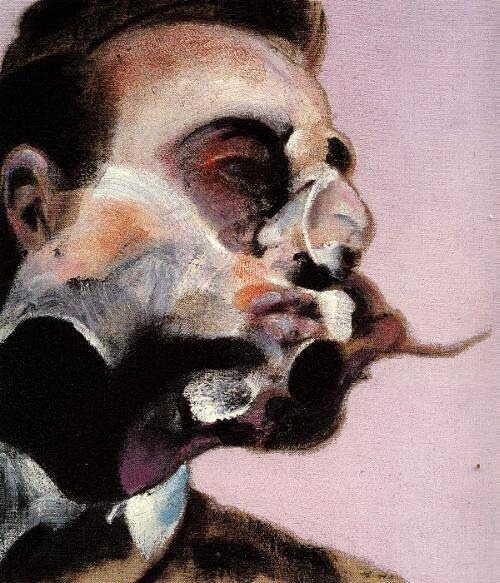
All colours will agree in the dark - Francis Bacon (artist)
6K notes
·
View notes
Quote
The best part of beauty is that which no picture can express.
Francis Bacon (via lazypacific)
4K notes
·
View notes
Photo

Theodoros Stamos (Greek/American, 1922-1997),
Low Sun, Blue Bar, 1962
Acrylic on canvas
301 notes
·
View notes
Photo
Getting ready for tomorrow's "Pop Art" lecture with the soundtrack of the movement...

Velvet Underground & Nico, 1967
Andy Warhol
455 notes
·
View notes
Photo





Daily Rothko Bonus
Mark Rothko in his First Avenue Studio, New York City
769 notes
·
View notes
